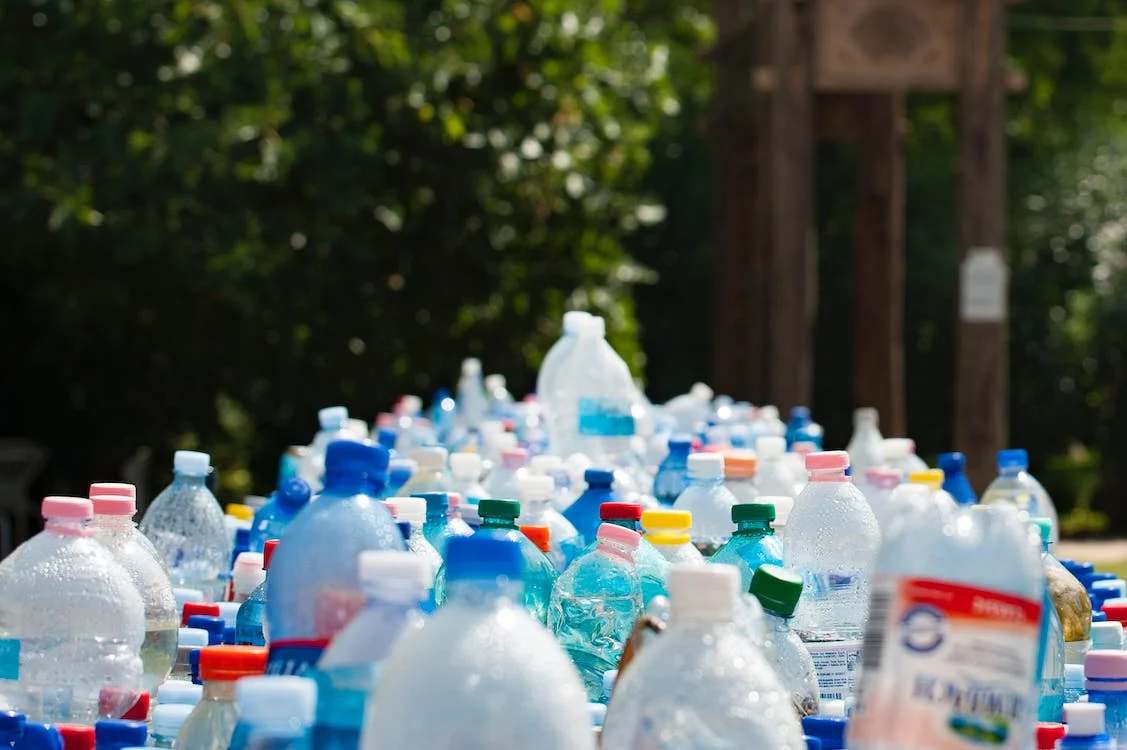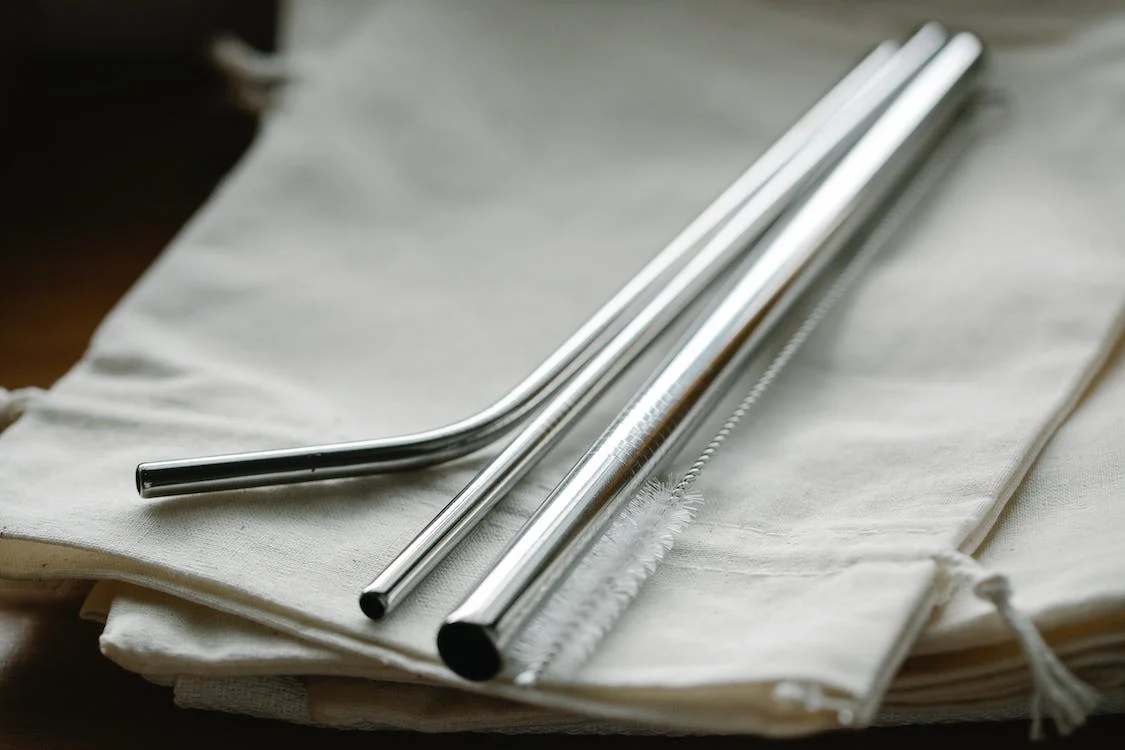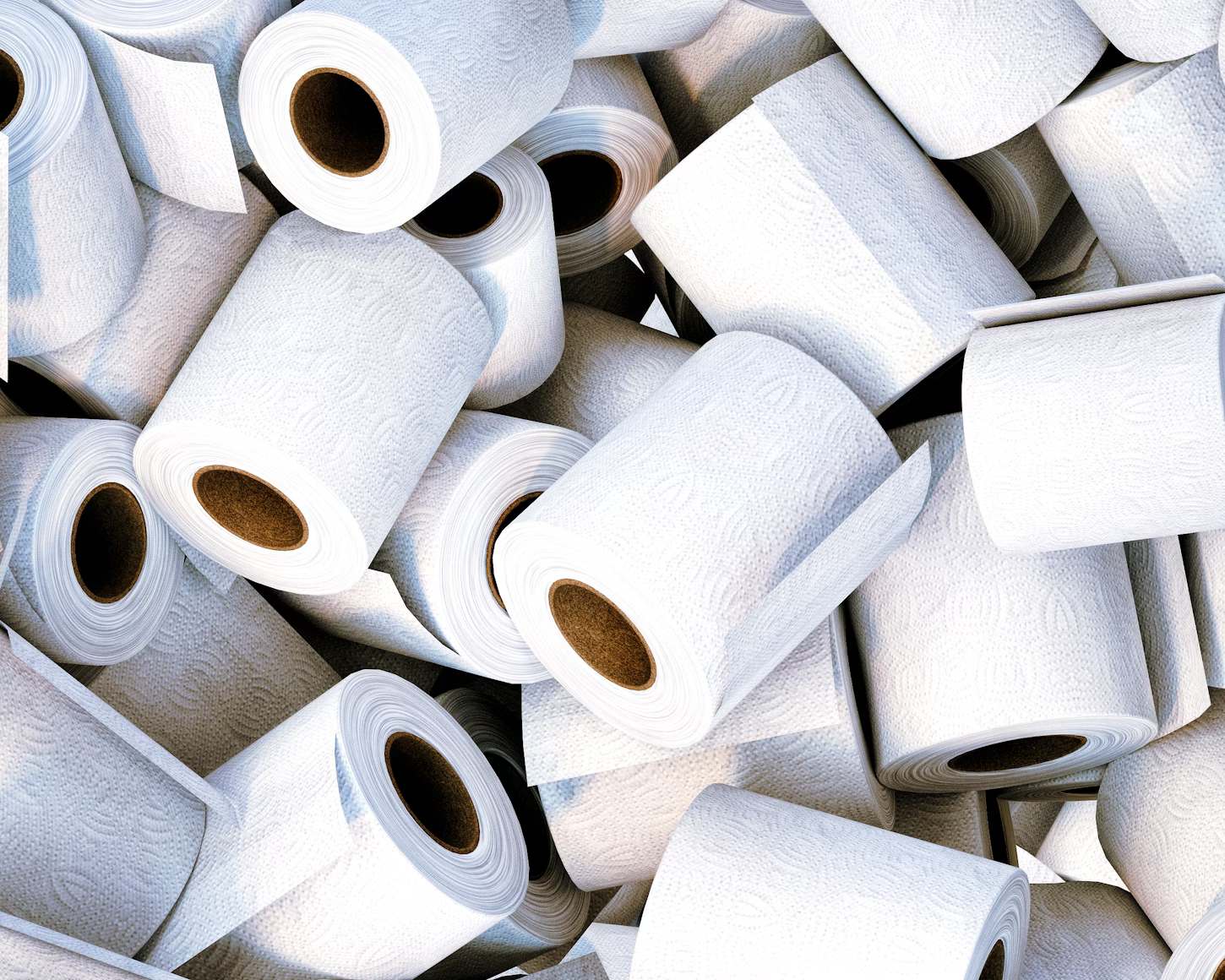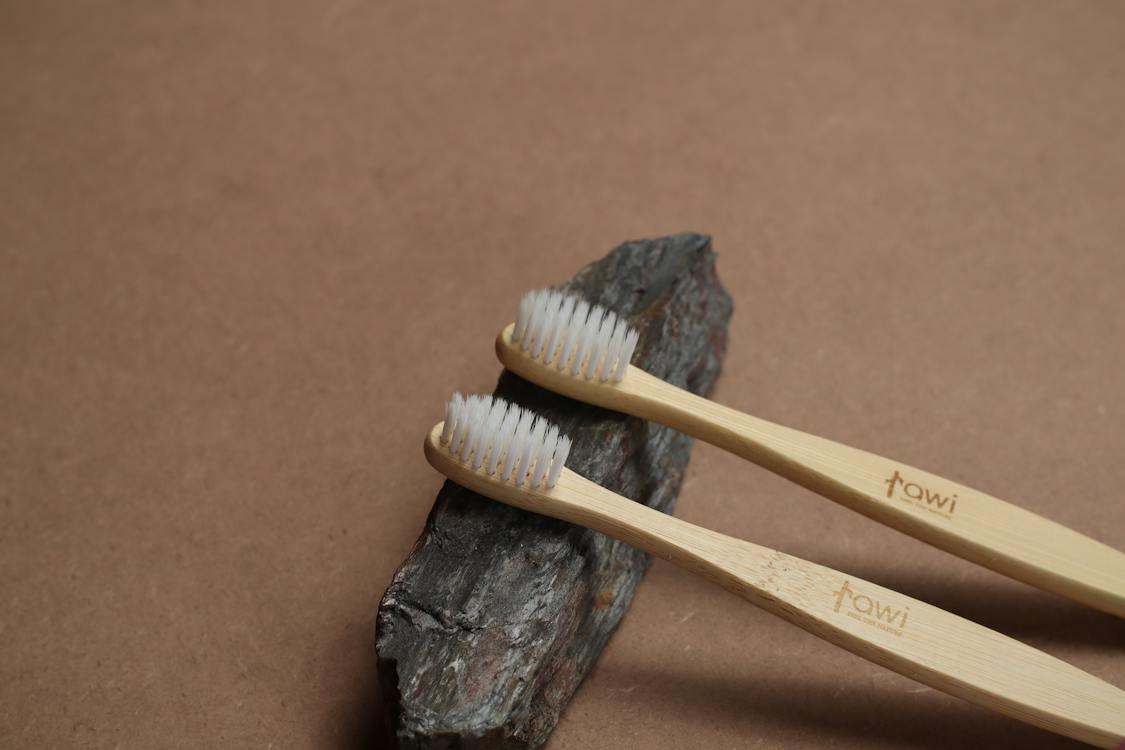In today’s generation, it is increasingly clear that our choices wield immense influence, transcending the mundane decisions of our daily lives. These choices extend their reach to the products we select, the ones we consume, and the ones we actively support. With the urgency of environmental protection becoming increasingly pronounced, we find ourselves at the forefront of a pivotal movement. This movement beckons us to bear collective responsibility for the well-being of our planet.
As we embark on this journey of exploration, we uncover a realm brimming with eco-friendly products. From the foods we enjoy to the self-care products we embrace; these choices collectively shape our environmental impact. Yet, our responsibility goes a step further. It hinges on our support for brands that are resolutely committed to eliminating single-use plastics, the bane of our ecosystems.
Join us as we delve deeper into this world of eco-conscious choices. These choices are not just about adopting a sustainable lifestyle; they signify our allegiance to the preservation of our planet. Within these choices, we unearth the potential for profound change – for every seemingly insignificant shift in our preferences sends a ripple of transformation through the world. It crafts a tomorrow where sustainability, eco-friendliness, and environmental responsibility are not just ideals but an intrinsic part of our way of life, safeguarding our planet for generations to come.
What Is An Eco-Friendly Product?
Eco-friendly products represent a diverse range of goods and services committed to mitigating their environmental impact, particularly in the context of the plastic pollution crisis. These products share common features such as the utilization of sustainable materials, energy-efficient design, low toxicity, and minimal packaging. (1) They are designed with the intent of promoting ecological sustainability, resource efficiency, and the reduction of carbon footprints associated with their production, use, and disposal. In a world grappling with the consequences of plastic pollution, eco-friendly alternatives provide a vital solution to the overuse of plastic products. Whether in the form of energy-efficient appliances, organic foods, or biodegradable personal care items, these eco-conscious choices aim to conserve natural resources, minimize waste, and offer safer and more sustainable alternatives for consumers. They not only protect the environment but also encourage a responsible and greener way of living, emphasizing longevity, recyclability, and a focus on reducing the plastic pollution that plagues our ecosystems.
How Does Plastic Waste Affect the Environment?
Each year, our planet bears the weight of over 430 million tons of plastic production. This staggering quantity leaves our environment in a dire predicament. An alarming statistic reveals that a significant two-thirds of this plastic is discarded after a single use, contributing to a growing crisis. (2) The impact of this throwaway culture is acutely felt in our oceans, where an estimated 11 million metric tons of plastic enter annually, compounding the already ominous presence of approximately 200 million metric tons of plastic pollutants. If this trend continues unchecked, the dire prediction looms: by mid-century, there could be more plastic than fish swimming in our oceans, as warned by Nikola Simpson – Head of the United Nations Development Programme’s Barbados and Eastern Caribbean Blue Economy Accelerator Lab.
Moreover, plastic pollution exerts a multifaceted toll on our environment, setting off a chain of negative consequences. It leads to habitat destruction as plastic debris accumulates in natural ecosystems, disrupts ecosystems, and damages the homes of countless species. (2) Furthermore, it inflicts severe harm on wildlife, as animals in both marine and terrestrial environments ingest or become entangled in plastic waste. Microplastics, the smaller particles resulting from plastic breakdown, infiltrate water bodies and soil, with the potential to harm aquatic life and, in the long run, possibly affect human health. The carbon footprint of plastic, stemming from its production and disposal, contributes to climate change due to its reliance on fossil fuels and emissions from waste incineration. The persistence of plastic for centuries not only exacerbates the problem but also strains landfill capacity. It also has a negative impact on aesthetics, tourism, and local economies. Harmful chemical additives in plastic can leach into the environment, causing further disruptions, and in aquatic environments, plastic can alter microbial communities and promote disease transmission.
All these ramifications emphasize the imperative need to transition towards eco-friendly products that mitigate plastic pollution’s adverse impacts and help secure a more sustainable future for our planet and its diverse inhabitants.
How Are Eco-Friendly Products Manufactured?
The fundamental criteria for eco-friendliness in product production encompass several vital principles. First and foremost, these products must be crafted using recycled materials and incorporate natural ingredients while avoiding the use of chemicals or preservatives. Eco-friendly certification is a must, as is the utilization of eco-friendly packaging that can be efficiently disposed of or reused. Ensuring these products do not emit hazardous or harmful waste is paramount, and production processes must be entirely pollution-free. Moreover, one of the standout features of eco-friendly items is their durability and reusability. To achieve this, manufacturers often source materials locally or opt for organic farming methods. This approach makes eco-friendly products notably more sustainable than their conventional counterparts.
Additionally, the packaging and design play a critical role in leaving a minimal carbon footprint. By embracing eco-friendly packaging, the use of unnecessary plastic materials is circumvented. In the production process, the choice of materials is a crucial consideration. Manufacturers of eco-friendly products meticulously assess how the product is sourced, manufactured, and processed, as well as the origin of the materials, whether they are grown, mined, or harvested. Even after a product’s lifecycle has run its course, eco-friendliness doesn’t waver. These products are engineered with reusability and recyclability in mind, ensuring a responsible end-of-life disposal.
Fifteen (15) Eco-Friendly Products You Should Try
We’ve compiled this selection of eco-friendly products to illustrate how straightforward it is to substitute certain plastic items you purchase, as well as to lend support to those who create goods from recycled plastic. Through these substitutions, you can significantly reduce your consumption of single-use plastic in that category. Moreover, when you choose to buy recycled plastic products, you actively contribute to the circular economy by closing the loop and promoting a more sustainable approach to resource use.
- Insulated Water Bottles: This is a smart alternative to the wasteful consumption of disposable bottled water. The staggering figures show that Americans spend nearly $300 annually on single-use plastic water bottles, and a disheartening 80% of these plastic bottles ultimately find their way to landfills, contributing to the ever-growing problem of plastic pollution. To break free from this cycle, investing in an insulated water bottle is far more sensible. These eco-conscious containers are not only a cost-effective choice but also an environmentally responsible one. By opting for an insulated water bottle, you can significantly reduce your reliance on disposable bottles and contribute to a more sustainable and eco-friendly way of staying hydrated.
- Reusable Food Wraps: Say goodbye to the cycle of repeatedly purchasing plastic wrap to preserve leftover fruit or cheese, and instead, embrace the eco-friendly solution provided by Bee’s Wrap Reusable Food Wraps. These innovative wraps are crafted from organic cotton, beeswax, and jojoba oil, making them the ideal choice for storing your food items in the refrigerator. By opting for Bee’s Wrap products, you’re not only simplifying your life but also actively contributing to a more sustainable and eco-friendly way of managing your kitchen. After using these wraps, you can quickly rejuvenate them for future use with a straightforward wash in cold water and subsequent air-drying. This eco-conscious approach minimizes waste and allows you to utilize these wraps repeatedly, reducing your reliance on disposable plastic wrap. It’s an eco-friendly change that not only benefits your kitchen but also plays a part in minimizing plastic waste and promoting sustainable living in an effortless and effective manner.
- Reusable Straws: These straws are gaining increasing favor among consumers, and the trend is extending from coffee shops to our homes. These straws are typically crafted from high-quality 18/8 stainless steel, ensuring both durability and eco-friendliness. Unlike their single-use plastic counterparts, these stainless-steel straws are designed for multiple uses. They can be easily cleaned in a dishwasher, making them a sustainable and convenient choice for eco-conscious individuals. These versatile straws cater to a broad spectrum of beverage enthusiasts, from dedicated coffee lovers to those who relish a good cocktail. Their portable design allows you to carry them wherever you go, ensuring you’re always prepared for an impromptu beverage break. By incorporating reusable straws into your daily routine, you not only reduce your contribution to single-use plastic waste but also embrace a more sustainable and eco-friendly way of enjoying your favorite drinks, all while savoring the convenience of these eco-conscious alternatives.
- Zip Top Reusable Silicone Bag: These are a game-changer in the realm of eco-friendly food storage solutions. These silicone-based containers are designed to help you efficiently organize your food without the need for wasteful single-use plastic bags. Remarkably, a single zip-top bag has the potential to replace an astounding “up to 5,000 disposable plastic bags,” making it a compelling choice for eco-conscious individuals. Available in a variety of shapes and sizes, these sets cater to diverse kitchen needs and preferences. Whether you need to store fresh produce, leftovers, or snacks, there’s a zip-top bag to fit the bill. By choosing these reusable silicone bags, you play an active role in reducing plastic waste and making a positive impact on the environment. It’s a simple yet impactful step towards a more sustainable and eco-friendly approach to food storage, one that aligns with the principles of waste reduction and responsible consumption.
- Reusable Coffee Filters: This offers a significant departure from the conventional practice of using single-use paper filters. Traditional paper filters, intended for one-time use, contribute to an already concerning issue – the 26% of U.S. landfills are filled with discarded paper waste. By transitioning to reusable coffee filters, you can eliminate the need to dispose of paper filters after each use, drastically reducing your contribution to landfill waste. Moreover, these reusable filters come with a valuable bonus: the coffee grounds they hold are compostable. This means that you are reducing waste by ditching single-use paper filters and creating a sustainable cycle by repurposing coffee grounds as compost for your garden or plants. It’s a small change in your coffee routine that can significantly and positively impact the environment, aligning with the principles of waste reduction and responsible disposal.
- Bamboo Toilet Paper: It emerges as a stellar choice in the world of sustainability. Not only does it boast a luxuriously smooth texture, but it also champions a profound environmental mission. The hallmark of its eco-friendliness lies in its biodegradability, making it an ideal option for those looking to reduce their ecological footprint. One of the standout aspects of REEL is its dedication to preserving the environment. By choosing this sustainable toilet paper, you actively participate in an endeavor to significantly decrease the number of trees felled every day to produce conventional toilet paper. Moreover, the thoughtful packaging is entirely plastic-free, aligning with the overarching goal of minimizing plastic waste. In your bathroom, you won’t miss a beat with this compact, eco-conscious toilet paper, which serves as a seamless transition to a more sustainable way of life while maintaining the comfort and quality you expect from your bath tissue.
- The Cozy Earth Classic Bath Bundle: It offers a little slice of luxury for your everyday life. There’s something truly wonderful about wrapping yourself up in soft, plush bath towels, especially after a soothing shower. This particular towel set from Cozy Earth is designed to elevate your at-home spa experience. Crafted from a blend of 40 percent viscose bamboo and 60 percent cotton, these towels combine eco-friendliness with indulgent comfort. If you’re looking to refresh your towel collection, this eco-conscious bundle is the perfect choice. These towels are not only exceptionally soft but also highly durable. They’re designed to resist pilling, ensuring that they maintain their plushness even after many uses. So, embrace the luxury of these towels while contributing to a more sustainable and eco-friendly approach to your everyday routines.
- Cloth Diapers: Millions of disposable napkins and diapers are discarded daily, having served only a single purpose. The key to reducing this considerable waste lies in the adoption of reusable alternatives, often constructed from sustainable materials like bamboo or cloth. These eco-friendly options can be easily cleaned and hold the additional benefit of keeping your baby away from the harmful chemicals commonly found in traditional disposable diapers. By making this transition, you not only contribute to waste reduction but also prioritize the well-being of your child and the environment by embracing a more sustainable approach to childcare.
- Recycle Fabric Clothes – Choosing clothing made from organic or recycled fabrics is a powerful way to align your fashion choices with sustainability. These fabrics are often marked with specific logos, seals, or mentioned on clothing tags, making them easily identifiable. When you make the decision to purchase such garments, you’re not just investing in stylish clothing; you’re also making a significant contribution to environmental conservation. Organic fabrics are grown without the use of synthetic pesticides or fertilizers, which can harm the environment and human health. These materials are typically made from crops like organic cotton or hemp, which are cultivated in a more sustainable and eco-friendly manner. Recycled fabrics, on the other hand, repurpose materials that might otherwise end up in landfills, helping to reduce textile waste. They are often made from post-consumer items like plastic bottles or discarded textiles, thus giving new life to existing materials.
- Cleaning Pods – Cleaning pods like Ecyo’s offer a cutting-edge approach to eco-friendly cleaning. They not only provide a sustainable and innovative alternative to conventional store-bought cleaners but also demonstrate exceptional cleaning prowess and efficiency. Their high concentration and remarkable ability to fully dissolve in water sets these cleaning pods apart. This ingenious feature allows you to bid farewell to the era of single-use plastic cleaning bottles, reducing your ecological footprint while avoiding the harsh chemicals often found in traditional cleaning solutions. The process is incredibly simple: drop one of these pods into a repurposed spray bottle or one of their recycled plastic spray bottles and add water. In doing so, you not only simplify your cleaning routine but also actively participate in reducing plastic waste and promoting a more eco-friendly and practical approach to household cleaning.
- Kind Laundry Detergent Sheets: It offers a brilliant solution for those seeking a more eco-conscious and convenient approach to laundry. Whether aiming for a greener shopping routine or simply tired of lugging around sizeable liquid detergent bottles, these detergent sheets are a game-changer. What makes them truly remarkable is their commitment to sustainability and skin-friendliness. Moreover, these detergent sheets are Climate Pledge Friendly, reflecting their eco-conscious design. They are crafted without parabens, phosphates, bleach, or any plastic materials, making them a responsible choice for your laundry and the environment. If you’re striving to reduce your reliance on single-use plastics, you’re in luck, as the Kind Laundry packaging is made from natural materials, rendering it recyclable and safe for septic systems. Furthermore, these sheets are an excellent option for sensitive skin, offering a gentle yet effective laundry solution.
- Cotton Tote Bags: This offers a compelling alternative to the long-lasting environmental impact of plastic bags. While plastic bags can decompose up to a staggering 1,000 years, cotton tote bags provide a sustainable and eco-conscious solution for businesses and consumers. By offering these tote bags at your store, you actively contribute to reducing waste and promoting responsible consumption. As a natural material, cotton distinguishes these tote bags as a more environmentally friendly choice than their synthetic fabric counterparts. They not only serve as a practical and reusable option for shoppers but also align with eco-conscious principles, as they can be utilized repeatedly without contributing to the problem of plastic pollution.
- LED Bulbs: These are a transformative option when it comes to energy-efficient lighting. In comparison to traditional incandescent and fluorescent lamps, LED bulbs are exceptional in their ability to conserve energy and reduce carbon emissions. These energy-efficient bulbs are readily available in various sizes and wattages, making it convenient for consumers to transition to more eco-friendly lighting options. The advantages of LED bulbs extend beyond their efficiency. According to the U.S. Department of Energy, LED technology holds the potential to cut general lighting energy consumption by nearly 50% by the year 2030. This is a significant step toward a more sustainable and energy-efficient future, reducing the environmental footprint associated with lighting while saving on electricity bills. By opting for LED bulbs, individuals and businesses alike can actively contribute to the global effort to reduce energy consumption and combat climate change, one bright idea at a time.
- Rechargeable Batteries: They offer a sustainable and environmentally responsible alternative to disposable batteries, which pose a complex recycling challenge and often contain hazardous metals like lead. While it may require a slightly higher initial investment, choosing rechargeable batteries is a forward-thinking decision that pays off in multiple ways in the long run. The inherent complexity of recycling traditional batteries and their potential environmental risks make rechargeable batteries a far more eco-conscious choice. By opting for rechargeable batteries, you actively contribute to the protection of the environment, reducing the burden of battery waste on landfills and minimizing the release of hazardous materials. Moreover, rechargeable batteries prove to be a cost-effective choice over time. While the upfront cost might be slightly higher than single-use batteries, the ability to recharge and reuse them ultimately leads to savings.
- Electric Bamboo Toothbrush: This offers an eco-conscious twist on the popular trend of electric toothbrushes. It takes dental care one step further by incorporating replaceable bamboo brush heads made entirely of 100 percent biodegradable and compostable natural bamboo. This ingenious design choice not only enhances your oral hygiene but also aligns with environmentally responsible practices. In addition to its eco-friendly appeal, this toothbrush set doesn’t compromise on functionality. It includes a range of cleaning settings, catering to various dental needs, and comes with three brush heads. This comprehensive approach to tooth hygiene ensures that you receive the best care for your teeth while reducing your ecological footprint.
Conclusion
In our daily lives, the choices we make hold significant weight in shaping the environment. It’s imperative to recognize that, as we enjoy the convenience and comfort of our everyday essentials, we also bear a responsibility to give back to nature and protect our environment. Exploring eco-friendly products available in our vicinity is a crucial step in this journey. By embracing these products, we not only reduce our ecological footprint but also actively contribute to a more sustainable and harmonious coexistence with our planet. It’s a collective effort, and each choice we make matters, bringing us closer to a world where the well-being of both humanity and nature are in balance.







